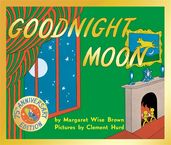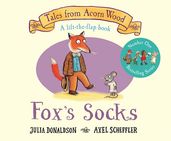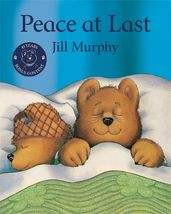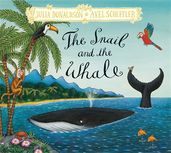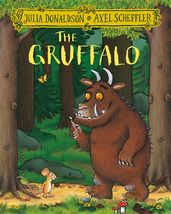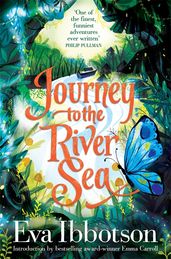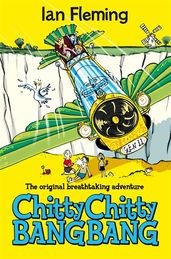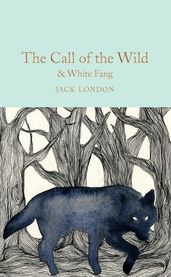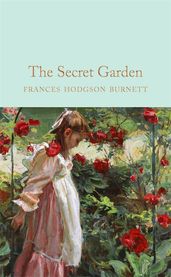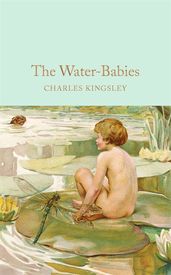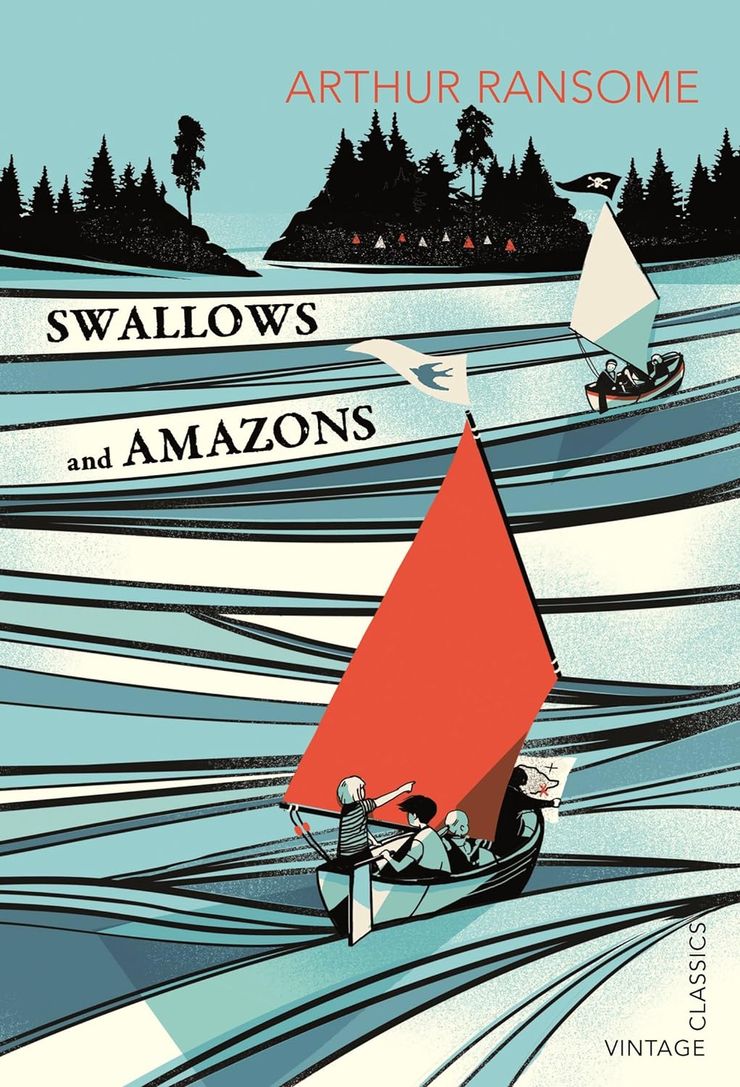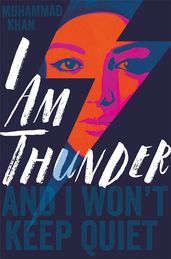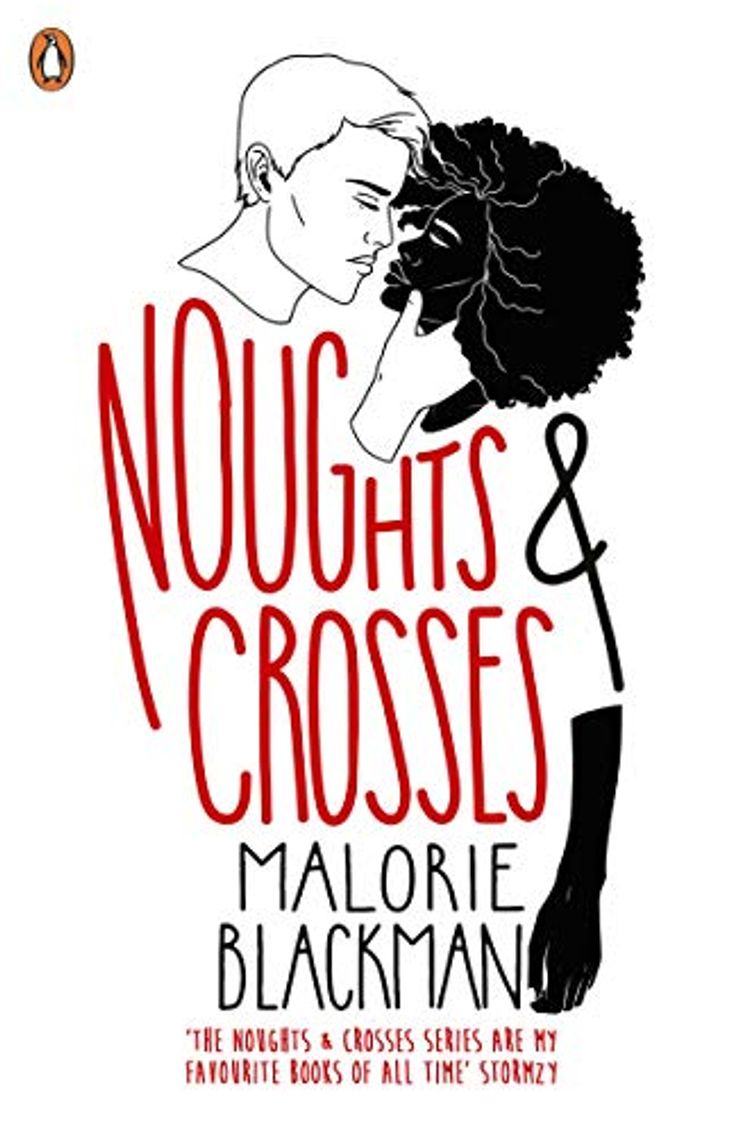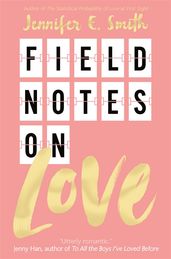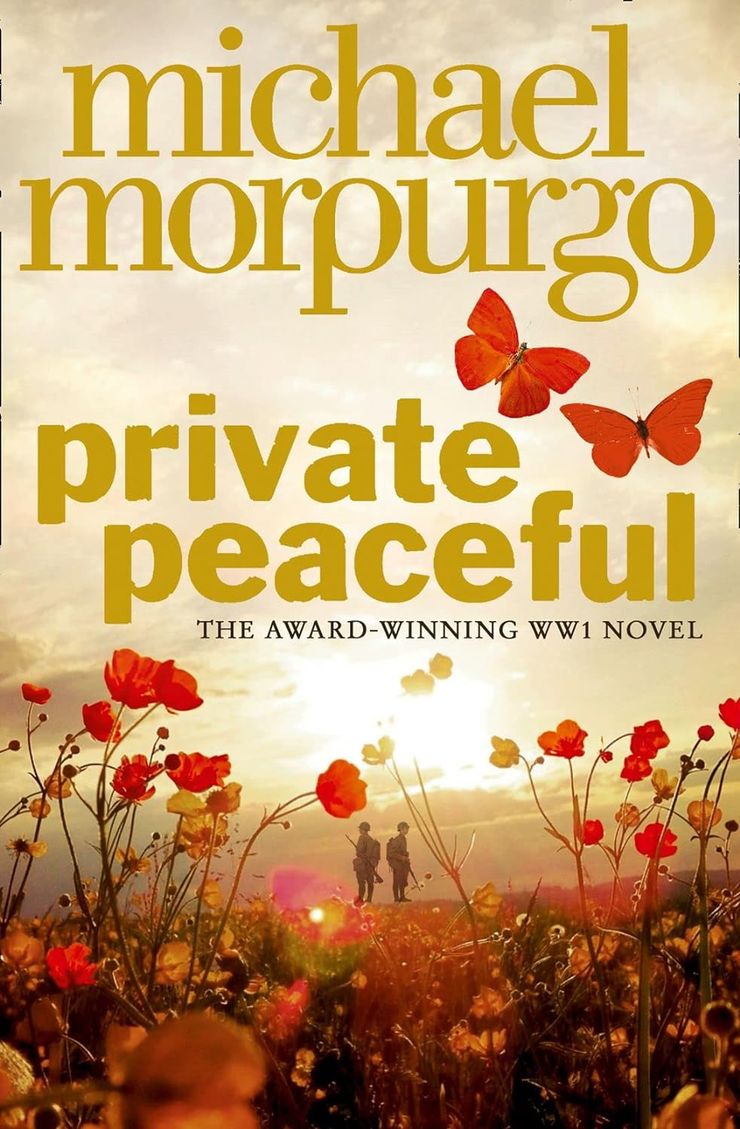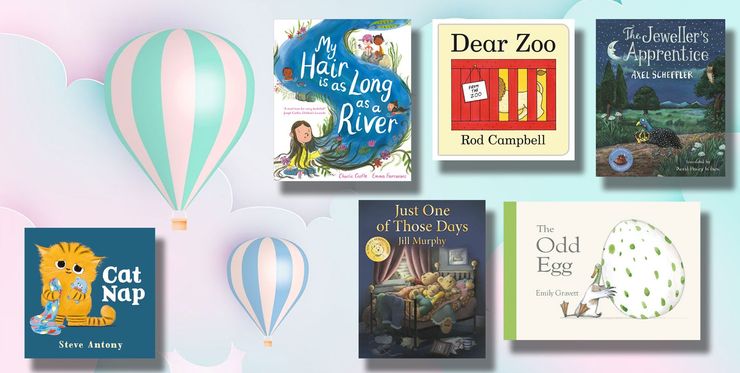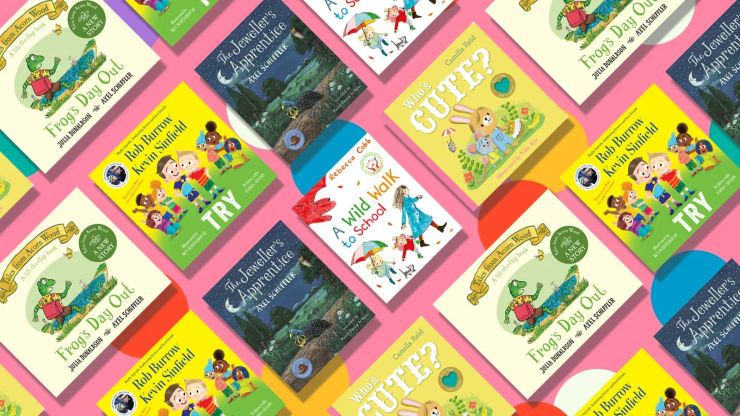100 best classic children's books for all ages
From treasures like Peter Pan to modern favourites like The Gruffalo, here's our edit of the best classic children's books, tailored to each age group.
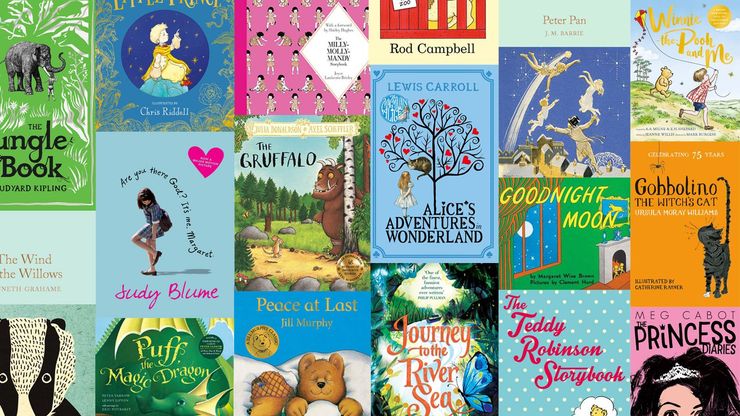
Which books did you love as a child? Did you jump down the rabbit hole with Alice or swing through the jungle with Mowgli? Here are some great children's classics to pass on to the next generation.
Classic children's books for 0-2-year-olds
Goodnight Moon
by Margaret Wise Brown
Margaret Wise Brown's comforting, rhythmic text accompanied by the warmth of Clement Hurd's classic mid-century illustrations make Goodnight Moon a timeless picture book. In a great green room, a little rabbit is tucked up snugly and safely in bed and is getting ready to say goodnight to all the familiar things that surround him, one by one.
Fox's Socks
by Julia Donaldson
Lift the flaps and join in the fun with Fox's Socks, a bestselling preschool classic from the Tales From Acorn Wood series by Julia Donaldson and Axel Scheffler. Poor old Fox has lost his socks – can you help him find them? Are they inside the clock or hidden in a chest? Lift the flaps and find out!
Peter Pan
by Miriam Bos
First Stories: Peter Pan is a perfect introduction for young children to J.M. Barrie's classic story. Push, pull and slide mechanisms to bring the story to life and reveal favourite scenes in action. Follow the Darling children as they travel to Neverland discover the Lost Boys and come face to face with cunning Captain Hook. This well-loved story is beautifully re-imagined for a new generation by illustrator Miriam Bos.
We're Going on a Bear Hunt
by Michael Rosen and Helen Oxenbury
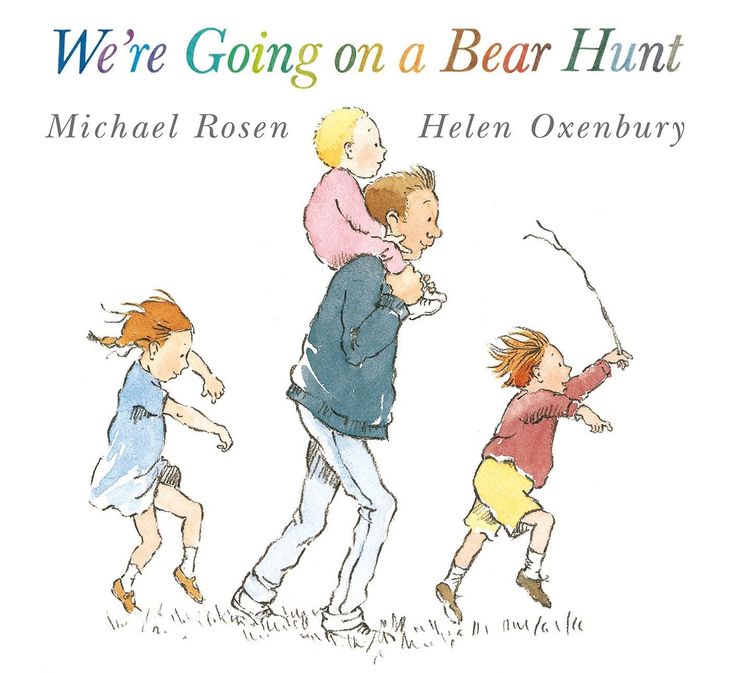
For brave hunters and bear-lovers, We're Going on a Bear Hunt is the classic chant-aloud book by Michael Rosen and Helen Oxenbury. Follow and join in the family's excitement as they wade through the grass, splash through the river and squelch through the mud in search of a bear. What a surprise awaits them in the cave on the other side of the dark forest!
The Very Hungry Caterpillar
by Eric Carle

Eric Carles The Very Hungry Caterpillar is a perennial favourite with children and adults alike Its imaginative illustration and clever cutout detail charts the progress of a very hungry caterpillar as he eats his way through the week.
Guess How Much I Love You
by Sam McBratney
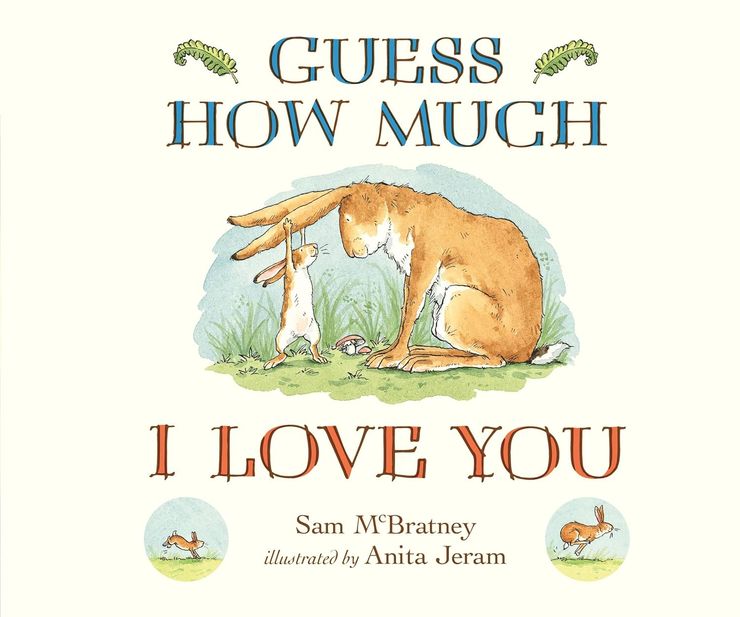
Sometimes, when you love someone very, very much, you want to find a way of describing how much you treasure them. But, as Little Nutbrown Hare and Big Nutbrown Hare discover, love is not always an easy thing to measure. The story of Little and Big Nutbrown Hares’ efforts to express their love for each other has become a publishing phenomenon.
Where's Spot?
by Eric Hill
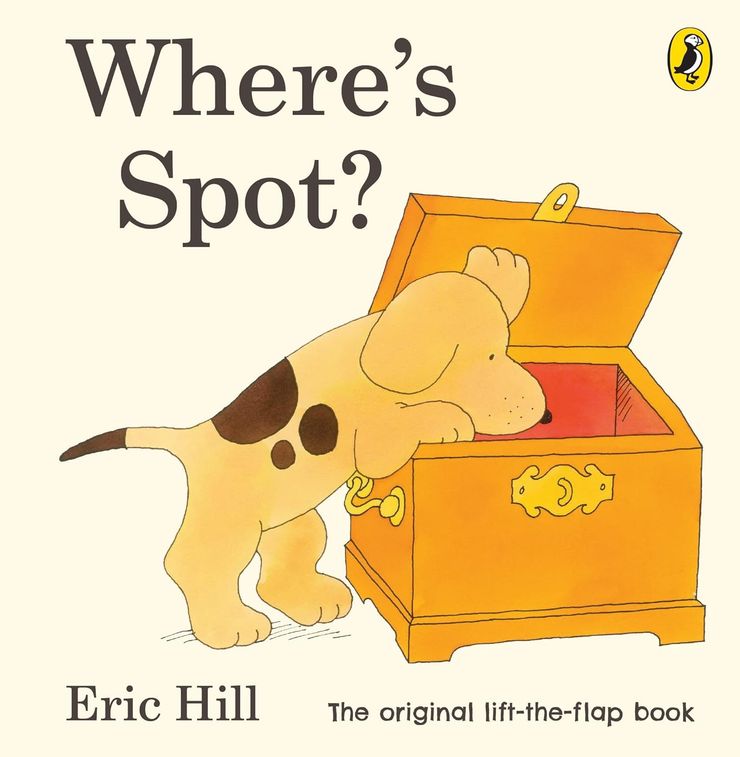
A list of classic children's books would not be complete without, Where's Spot?, the very first lift-the-flap book. Find all sorts of funny animal surprises, before discovering where cheeky Spot has been hiding. This is the perfect first book for little ones; the playful text is a wonderful spur to read and respond together, and the hide-and-seek flaps encourage curiosity and interactivity.
Owl Babies
by Martin Waddell

This comforting story reassures little-ones that Mummy will always come home. Three baby owls, Sarah, Percy and Bill, wake up in their tree home to discover their mother is not there. So they sit on a branch and wait but darkness gathers and the owls grow anxious. But, at last, she does and they bounce up and down with joy, welcoming her home.
Classic children's books for 3 - 5-year-olds
Peace at Last
by Jill Murphy
Jill Murphy's bestselling classic Peace at Last has delighted young children for forty-five years, and is equally beloved by tired parents who are all too familiar with the plight of poor Mr Bear. Mrs Bear is snoring, the clock is ticking very loudly, so is the kitchen tap. Will Mr Bear ever get to sleep? This special anniversary edition has a shiny foil cover and bonus content.
Puff, the Magic Dragon
by Peter Yarrow
Most readers will remember Puff, the Magic Dragon for its timeless Peter, Paul and Mary song. With bonus versions of the song, this edition is a foiled, gift reissue to celebrate the 60th anniversary of the song's release. Listen, read and enjoy the enchanted land of Honalee and its extraordinary inhabitants, and share in the adventures of Jackie Paper and his childhood friend, Puff, the magic dragon.
The Snail and the Whale
by Julia Donaldson
Go on an adventure with a tiny snail and the great big grey-blue humpback whale in this anniversary edition of the much-loved The Snail and the Whale. A little snail hitches a ride on the tail of a whale and feels so small in the vast world he sees. But when disaster strikes, it’s the tiny snail who saves the day. Julia Donaldson's characters will charm little ones in this story of friendship.
The Gruffalo
by Julia Donaldson
Julia Donaldson's characters are loved around the world, and none more so than the Gruffalo. It has been more than two decades since the little mouse took a stroll through the deep dark wood, and millions of kids and adults worldwide fell in love with the creature with terrible tusks and claws. Also available in the beautiful hardback edition.
Paddington
by Michael Bond
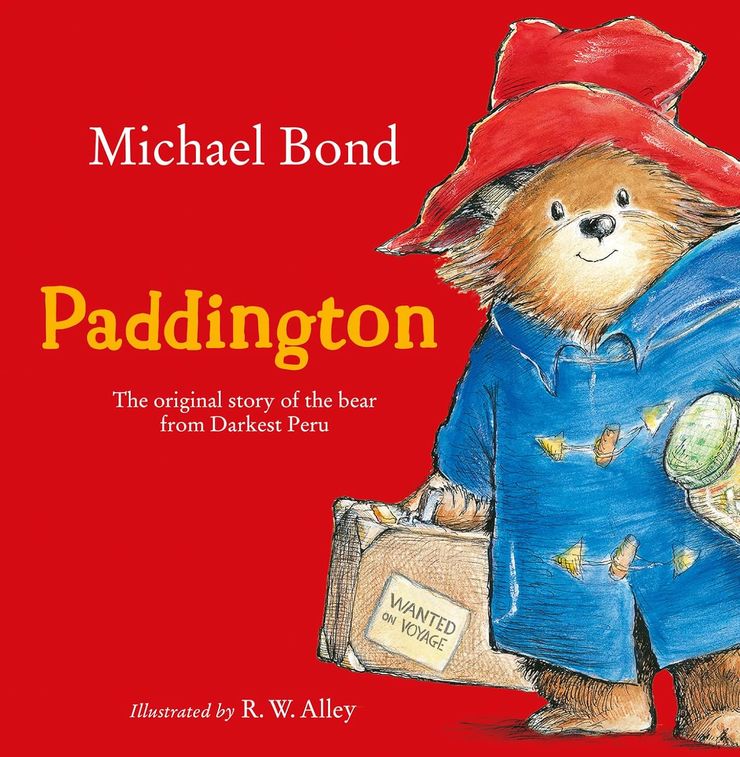
For six decades, stories of Paddington Bear have delighted children all over the world. This is the classic story of the bear from Darkest Peru who stowed away on a ship headed for England. He arrived at Paddington Station with nothing but a suitcase, a half-empty jar of marmalade and a label that read, ‘Please look after this bear. Thank you.’
Where the Wild Things Are
by Maurice Sendak
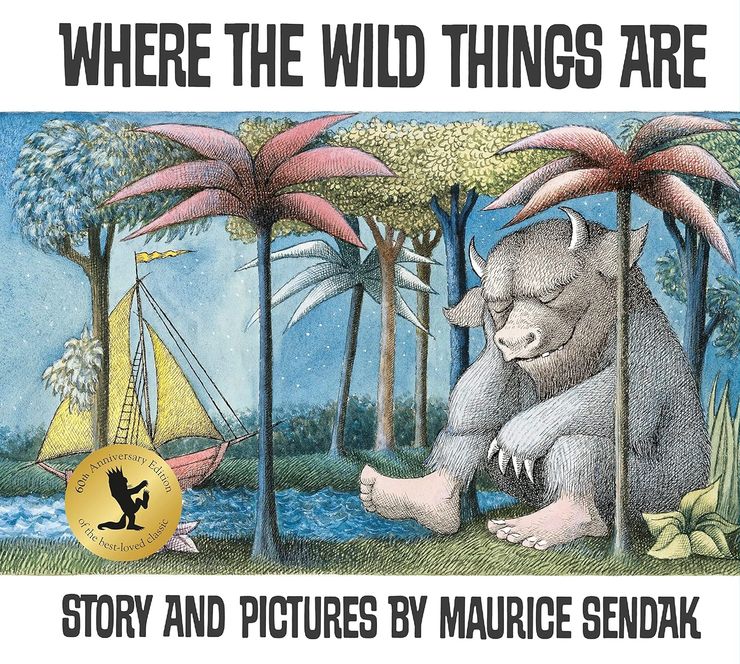
One night Max puts on his wolf suit so his mother calls him 'Wild Thing' and sends him to bed without his supper. That night a forest begins to grow in Max's room, and an ocean rushes by with a boat to take Max to the place where the wild things are. Max tames the wild things and crowns himself as their king! But when Max has sent the monsters to bed, and everything is quiet, he starts to feel lonely. He realises it is time to sail home to the place where someone loves him best of all.
The Tiger Who Came to Tea
by Judith Kerr
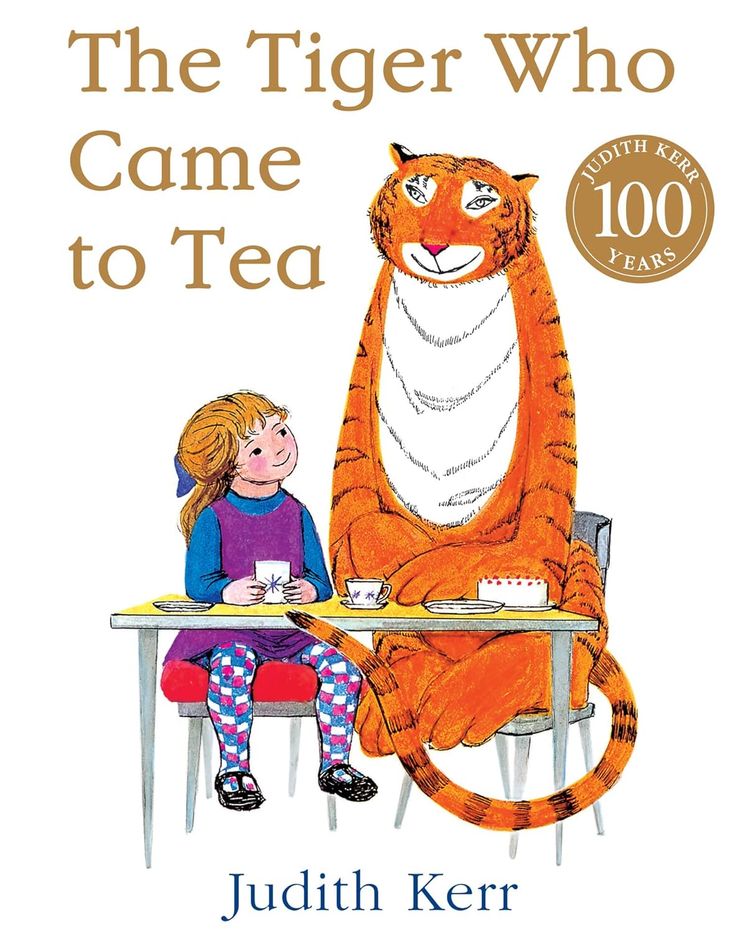
The doorbell rings just as Sophie and her mummy are sitting down to tea. Who could it possibly be? What they certainly don't expect to see at the door is a big furry, stripy tiger! This warm and funny picture book story is perfect for reading aloud, or for small children to read to themselves time and again. First published in 1968 and never out of print, it has become a timeless classic enjoyed and beloved by generations of children and parents.
Classic children's books for 6-8-year-olds
Classic Christmas Stories
by Ian Whybrow
Fourteen classic tales of Christmas for the whole family, including 'The Fir Tree', 'The Nutcracker' and 'The First Christmas', alongside extracts from Charles Dickens' A Christmas Carol and Kenneth Grahame's The Wind in the Willows.
The Little Prince
by Antoine de Saint-Exupéry
A pilot who has crash-landed in the desert awakes to see an extraordinary little boy. 'Please,' asks the stranger, 'will you draw me a little lamb!' Baffled by the little prince's incessant questioning, the pilot pulls out his pencil and starts to draw. As the little prince's curiosity takes them further on their journey together, the pilot is able to piece together an understanding of the tiny planet from which the prince has come. Chris Riddell's brilliant full-colour illustrated version of this timeless classic is a perfect gift for families and children.
Journey to the River Sea: Illustrated Edition
by Eva Ibbotson
Journey to the River Sea is an exciting Amazon escapade set in Brazil's rich wilderness, filled with mystery and intriguing characters. This illustrated edition is perfect for younger readers. Orphan Maia looks forward to meeting her remote relatives in the Amazon, anticipating a loving family with whom she will share great adventures. Instead, she meets two hostile cousins who view the jungle as the enemy. But, meeting a solitary boy living by the untamed riverside, Maia starts a remarkable exploration of an extraordinarily stunning new world.
Gobbolino the Witch's Cat
by Ursula Moray Williams
With his sparkly whiskers and magic tricks, no one could mistake Gobbolino for a simple kitchen cat, but that's just what the witch's kitten wants to be. Instead of learning how to turn mice into toads for the witch's brew, Gobbolino sets out on an adventure to find a family and a home of his own. Reissued for its seventy-fifth anniversary with illustrations by the award-winning Catherine Rayner, this classic tale has been loved by generations of children.
Charlotte's Web
by E. B. White
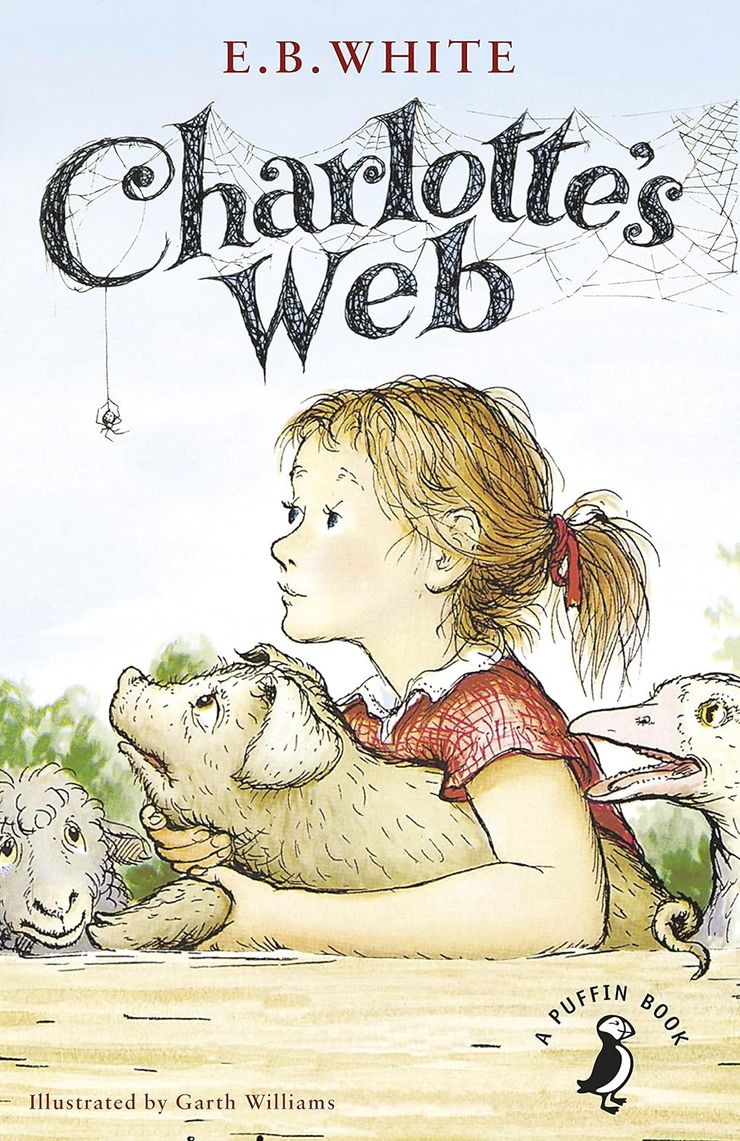
Charlotte's Web unfolds the bond of a little girl Fern with Wilbur, a petite pig, and Charlotte, an elegant grey spider. When Fern's uncle determines to turn Wilbur into bacon, a remarkable plan is hatched by Fern, Charlotte, Templeton the rat, and other farm friends to dupe the humans and save their unique pig. This story, filled with joy, humor, and profound emotions, emphasizes the strength of friendships and cherishing individual uniqueness. Rightly regarded as one of the most enduring children's story ever written.
Now We Are Six
by A. A .Milne & E. H. Shepard
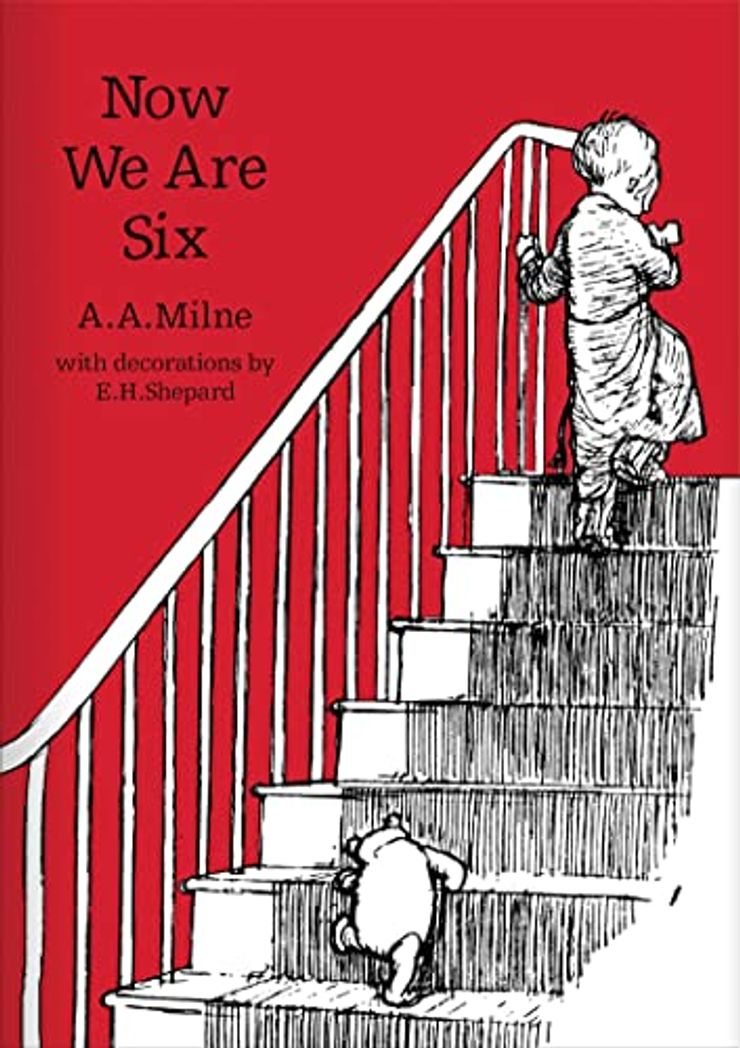
Curl up with Winnie-the-Pooh and Christopher Robin in A. A. Milne’s classic book of poetry for children, Now We Are Six. This work includes poems for children which feature Pooh helping Christopher Robin with his schoolwork (if helping is the word). It is an evocation of childhood, through the eyes of the six-year-old Robin. Featuring E. H. Shepard’s original illustrations, Now We Are Six is a heart-warming and funny introduction to children’s poetry, offering the same sense of humour, imagination and whimsy that we’ve come to expect from his favourite books about Winnie-the-Pooh.
The Worst Witch
by Jill Murphy
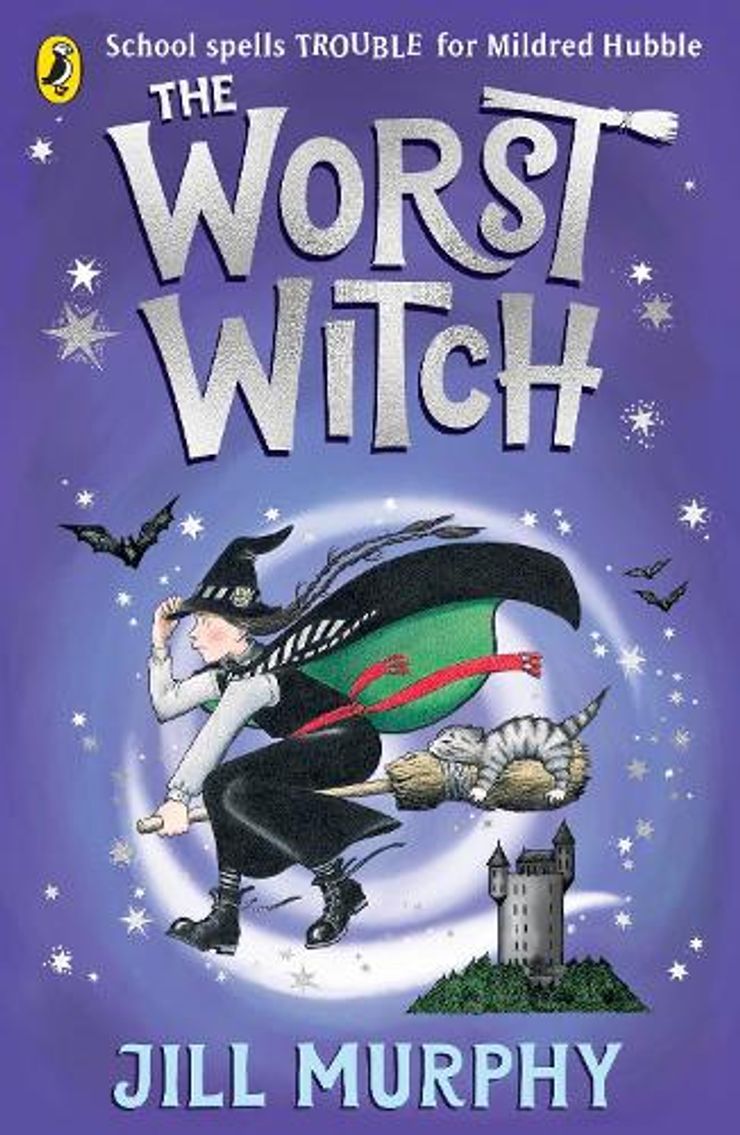
The original world of teaching magic and spells awaits your little readers at Miss Cackle’s Academy for Witches, a boarding school where potions and brooms are the main curriculum for Mildred Hubble and her friends learning to be witches — if only Mildred could get anything right! The Worst Witch is the first in one of the best book series for young readers whose imagination is sparked by magical mishaps, spells gone awry and a bumbling yet loveable underdog story, which teaches us that it’s okay not to be the best at everything.
The BFG
by Roald Dahl & Quentin Blake
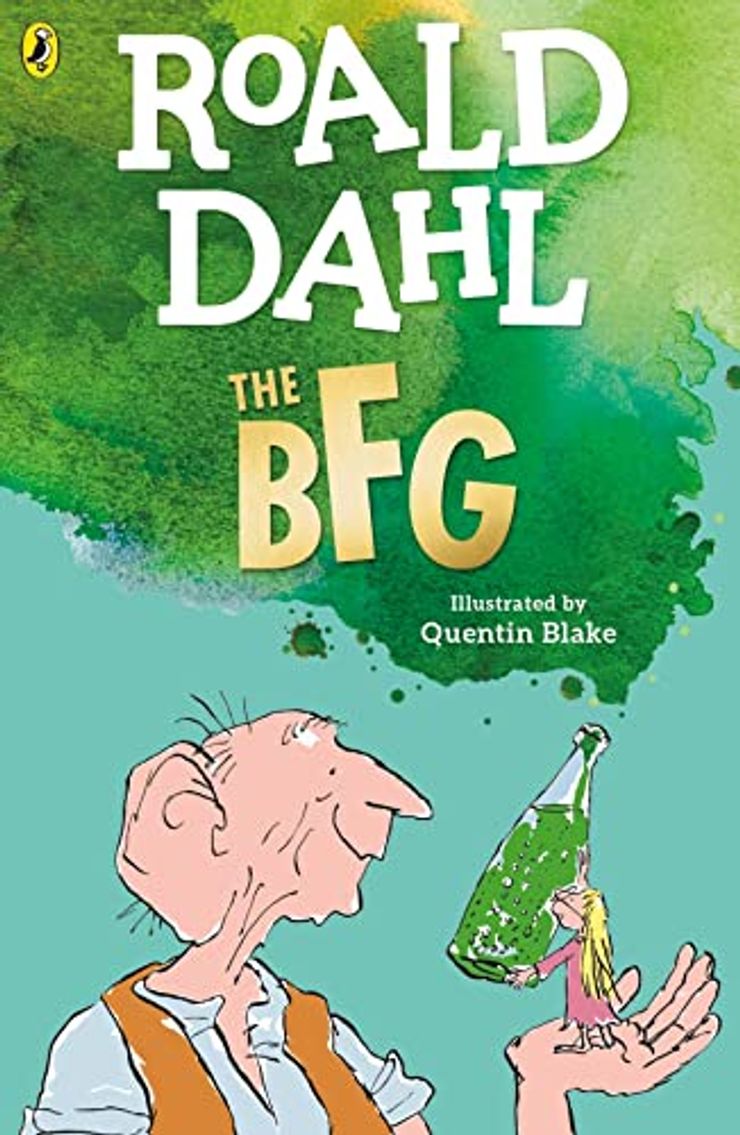
Master storyteller Roald Dahl is one of the most popular children's writer of the late twentieth century, and The BFG is set to become a classic of its period. One dark, silvery moonlit night, Sophie is snatched from her bed by a giant! Luckily it is the Big Friendly Giant (the BFG), who is no ordinary bone-crunching giant, but instead prefers snozzcumbers and frobscottle to children. But there are other giants in Giant Country. And those giants have a plan to gallop far and wide to find some tasty human beans to eat. Can Sophie and the BFG stop them?
Matilda
by Roald Dahl & Quentin Blake

Matilda has a magical mind. But her parents have decided she's a nuisance who wastes too much time on reading and stories. And her headmistress Miss Trunchbull is a mean bully, who thinks children should be locked up. Now it's time for Matilda to find the power to change her story, and show them just how extraordinary children can be. This adored story is here to inspire a whole new generation of young readers.
Classic children's books for 9-12-year-olds
Journey to the River Sea
by Eva Ibbotson
Eva Ibbotson's bestselling classic adventure has been enchanting young readers and parents alike since its publication in 2001. Set in the lush nature of Brazil, the story follows Maia, an orphan, who can't wait to reach her distant relatives a thousand miles up the Amazon. She imagines a loving family but instead finds two spiteful cousins. But when she meets a mysterious boy who lives alone on the wild river shores, she begins a spectacular journey to the heart of an extraordinary and beautiful new world whete the wonders of the rainforest more than make up for the hideous twins and their parents.
Millions
by Frank Cottrell-Boyce
Heart-achingly funny, touching and brilliantly clever, Millions is a fantastic adventure about two boys, one miracle and a million choices. Brothers Damian and Anthony didn't mean to get caught up in a botched train robbery. But what would you do if a massive bag of cash dropped from the sky and you had only a few days to spend it before it became worthless? This edition of Frank Cottrell-Boyce's Carnegie Medal-winning Millions features fantastic cover artwork from the brilliant Steven Lenton. Millions has also been adapted for the big screen, directed by Oscar-winner Danny Boyle.
Chitty Chitty Bang Bang
by Ian Fleming
Commander Caractacus Pott buys his family their first car. It looks like a wreck, but once restored it turns out to be no ordinary vehicle: Chitty Chitty Bang Bang is a magical car which can fly, swim and even think. With a mission to stop a criminal gang in its tracks Chitty Chitty Bang Bang is on an adventure – and she is taking the Potts with her! First published in 1964, Chitty Chitty Bang Bang was James Bond creator Ian Fleming's only children's book.
Adventures of the Little Wooden Horse
by Ursula Moray Williams
In times of struggle, a tiny wooden horse from Uncle Peder's toyshop ventures out into the world to change its master's fortune. Whether engaged in laborious mining, sailing perilous oceans with pirates, or balancing precariously in a circus, the faithful horse desires nothing more than to return to his dear creator. Originally published in 1938, Ursula Moray-Williams' The Adventures of the Little Wooden Horse is her most famous story and continues to be one of the most-loved classic stories of children's literature.
The Call of the Wild & White Fang
by Jack London
Extraordinary both for the vividness of their descriptions and the success with which they imagine life from a non-human perspective, these two classics of children’s literature are two of the greatest and most popular animal stories ever written. The Call of the Wild tells the story of Buck, a domestic dog who is kidnapped from his home in California while White Fang is the tale of a crossbreed who is three-quarters wolf and a quarter dog, and who must endure considerable suffering in the wilderness.
The Secret Garden
by Frances Hodgson Burnett
The Secret Garden is a magical tale of transformation that has enchanted children since its publication in 1911. When Mary Lennox is orphaned she is sent from her home in India to live with her uncle at Misselthwaite Manor on the Yorkshire Moors. She arrives as a sour-faced, sickly and ill-tempered little girl, bewildered by her surroundings and desperately lonely. One day she discovers a way in to a secret abandoned garden and, with the help of local lad Dickon and her poorly cousin Colin, they set about restoring the garden.
The Water Babies
by Charles Kingsley
One of the most unusual children's books ever written, The Water-Babies follows Tom, a chimney-sweep who falls asleep and tumbles into a river. There he is transformed into a 'water-baby' and his adventures truly begin. Beneath the surface, he enters a magical world full of strange and wonderful creatures, where he must prove his moral worth in order to earn what he truly desires. First published as a complete novel in 1863, Charles Kingsley's classic tale explores ideas about religion, the Victorian education system and the working conditions.
Swallows and Amazons
by Arthur Ransome
The Walker children set sail on the Swallow and head for Wild Cat Island. There they camp under open skies, swim in clear water and go fishing for their dinner. But their days are disturbed by the Blackett sisters, the fierce Amazon pirates. The Swallows and Amazons decide to battle it out, and so begins a summer of unforgettable discoveries and incredible adventures. This classic tale of adventure is perfect for young free spirits.
Classic children's books for 12 plus
The Lie Tree
by Frances Hardinge
The Lie Tree is a wonderfully evocative and atmospheric novel by Frances Hardinge and winner of the 2015 Costa Book of the Year. Faith's father has been found dead under mysterious circumstances, and as she is searching through his belongings for clues she discovers a strange tree. The tree only grows healthy and bears fruit if you whisper a lie to it. The fruit of the tree, when eaten, will deliver a hidden truth to the person who consumes it. Soon, the girl realises that the tree might hold the answers to her father's murder.
I Am Thunder
by Muhammad Khan
I Am Thunder is the award-winning YA novel which questions how far you'll go to stand up for what you believe. Fifteen-year-old Muzna Saleem is used to being invisible. So no one is more surprised than her when Arif Malik, the hottest boy in school, takes a sudden interest. But Arif is hiding a terrible secret and, as they begin to follow a dark path, Muzna faces an impossible choice: keep quiet and betray her beliefs, or speak out and betray her heart. Muhammad Khan's writing gets right to the centre of what it means to be an urban teenager today.
Noughts & Crosses
by Malorie Blackman
In the award-winning Noughts and Crosses sequence, Malorie Blackman creates a dystopian world in which the white Noughts are treated as an inferior race, while the black Crosses are born into privilege and perceived as superior in every sense. It follows Sephy and Callum, who, despite the friendship they have shared since they were children, are fated to be bitter enemies. Sephy is a Cross, dark-skinned, beautiful and the daughter of a powerful politician, while Callum is a Nought, white and poor, existing to serve Crosses and nothing more. But against all odds, star-crossed lovers Sephy and Callum choose each other.
The Hunger Games
by Suzanne Collins

In the remains of what was North America lies the nation of Panem, with its twelve outlying districts. Each district must send one boy and one girl each year to compete in the Hunger Games, a live televised fight to the death. For sixteen-year-old Katniss Everdeen the call up seems like a death sentence. But she has faced death and won before. As battle commences, Katniss must choose between survival and her own humanity.
Field Notes on Love
by Jennifer E. Smith
Hugo and his girlfriend have the perfect romantic trip planned together – travelling across America by train. But then she dumps him. She leaves him the tickets as a parting gift, the only problem is that they’re in her name, and they’re non-transferable. Desperate to get away, Hugo advertises for a replacement Margaret Campbell, which is where Mae comes in. After getting rejected from film school, she’s looking for a new adventure and a cross-country trip with a stranger will prove to be just that.
Northern Lights
by Philip Pulman
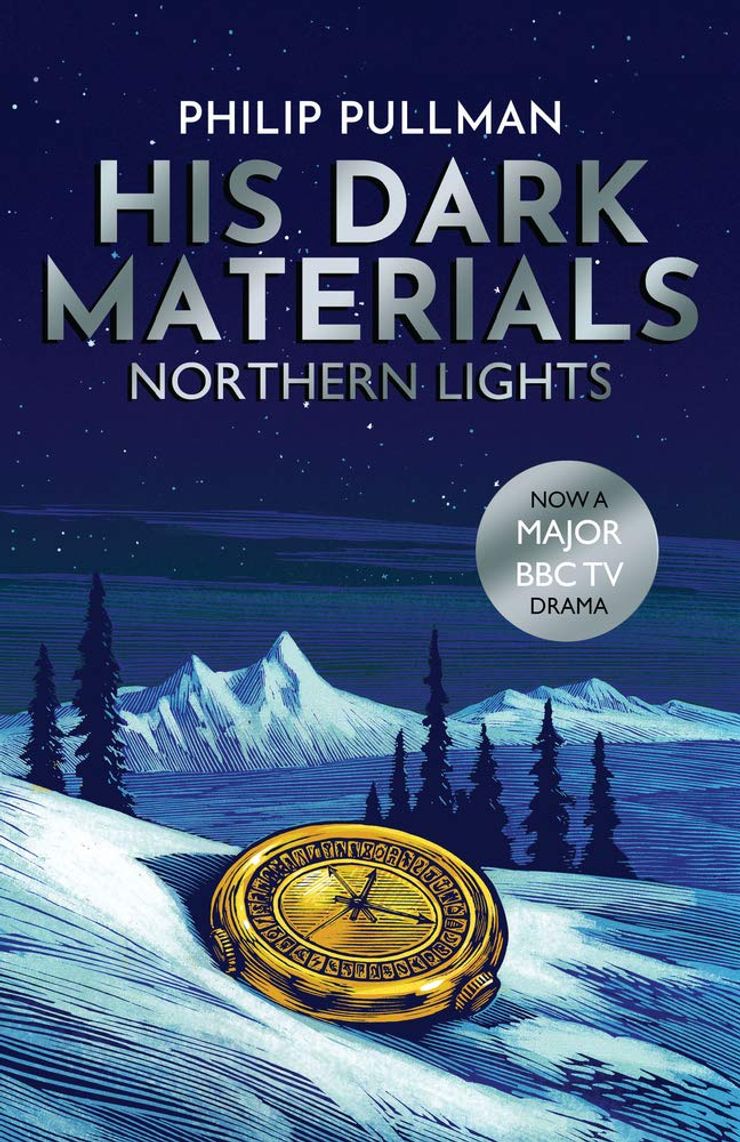
Lyra Belacqua and her animal daemon live half-wild and carefree among scholars of Jordan College, Oxford. The destiny that awaits her will take her to the frozen lands of the Arctic, where witch-clans reign and ice-bears fight. Her extraordinary journey will have immeasurable consequences far beyond her own world. First published in 1995, and acclaimed as a modern masterpiece, this is the first book in Philip Pulman's His Dark Materials trilogy.
Roll of Thunder, Hear My Cry
by Mildred Taylor
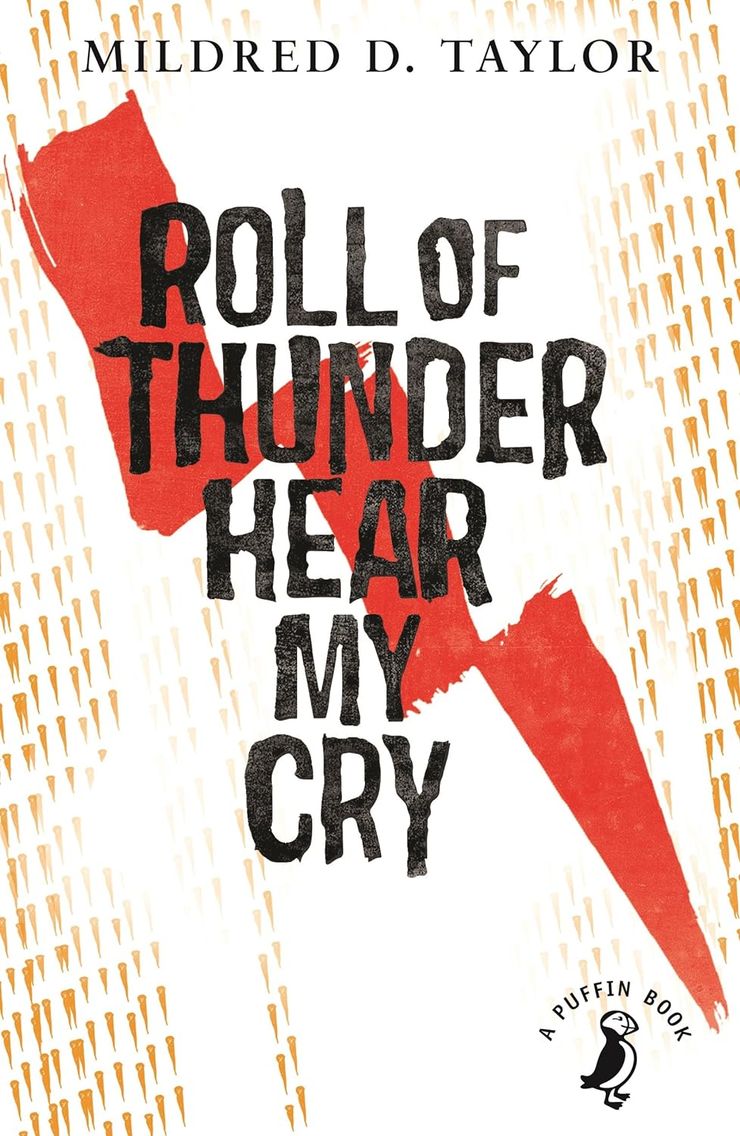
Set in 1930s Mississippi during the peak of the American Depression, Roll of Thunder, Hear My Cry explores a girl's journey amidst a fiercely racist society. Capturing a family's quest to preserve their dignity, pride, and self-reliance, the book underscores the resilient human spirit. The Mississippi of the 1930s was a hard place for a black child to grow up in, but still Cassie didn't understand why farming his own land meant so much to her father. Yet, as hatred sweeps her community, she gains insight into the stark societal divides, realising that standing for principles can be worth enduring significant difficulties.
Private Peaceful
by Michael Morpurgo
Private Peaceful recounts the poignant tale of young Private Tommo Peaceful. He reflects on his blissful rural childhood in England and his experiences of love, loss, and the horrors of World War I. In the war trenches, Tommo's journey reveals the strength of brotherhood and the bitterness of injustice. The narrative captures the profound implications of war on individual lives, with moments of joy juxtaposed against the face of adversity.
